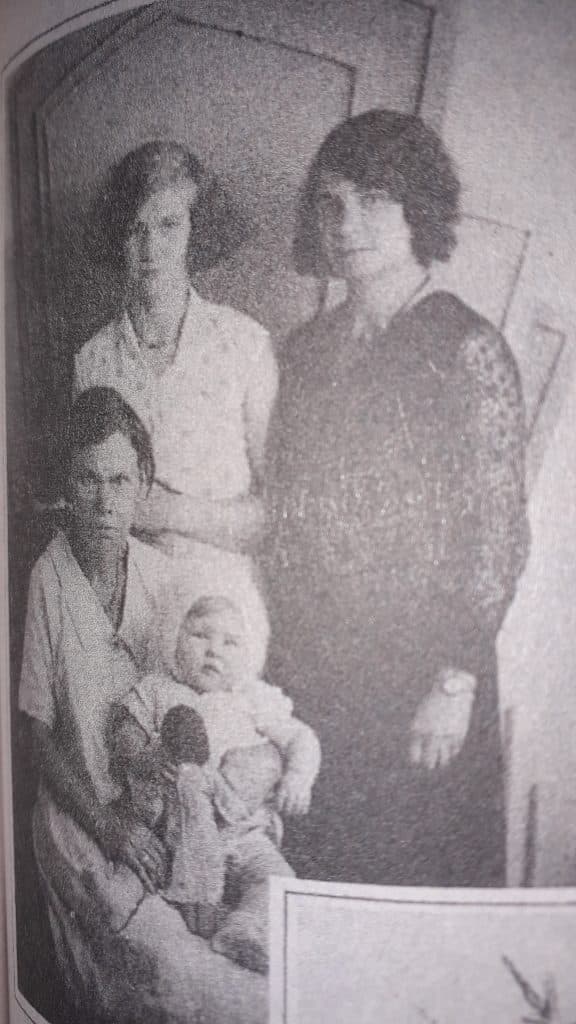On Monday 10th October 1904, Francis William Jordan (aged 38) was a Valveman, and he was working the night shift in the Saltley Gas Works with 21 other men, and he was coming to the end of his shift.
At 4.30am Francis discovered a gas leak from a gas purification unit in one of the purification buildings. Francis called four workmen to help (George Gibbons, Herbert Elkington, Thomas Newton and Frank Williams), and they all showed great courage in trying to cut off the flow of gas, but the vapour ignited and caused a massive explosion.
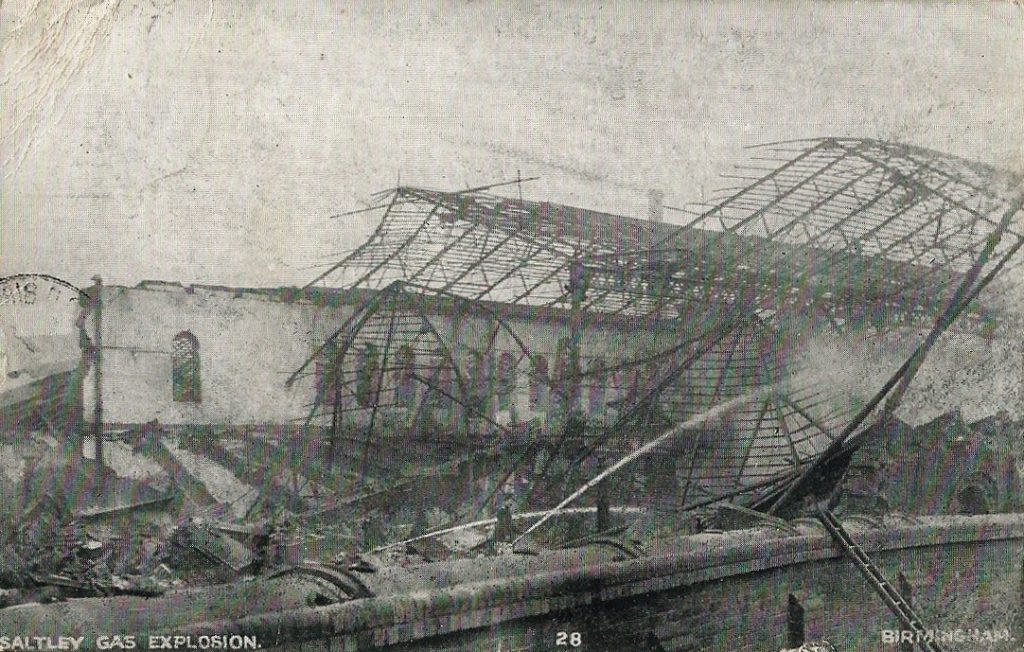
The explosion was felt as far away as Gravelly Hill, Kings Heath, Small Heath, Sutton Coldfield and Coleshill, and almost all the buildings within a half mile radius had the glass in their windows blown out. The roof was blown off the main building, and the north-east corner was demolished. The two-storey purifying house was also demolished burying Francis underneath. The four men who helped Francis were badly injured and were taken to hospital with bad burns.
Two firemen went into the building looking for Francis, but the water sprayed onto the building had dislodged some of the rubble enabling trapped gas underneath to escape causing a second smaller explosion. The two firemen were taken to hospital with burns, but they soon returned to work.
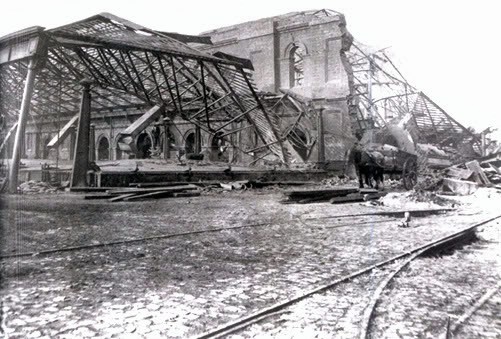
Francis’s body was discovered some hours later at midday under the rubble. Almost every bone in his body was broken, and he was unrecognisable. They only identified his body because of the clothes he was wearing. Of the four mean taken to hospital, Thomas and Frank spent time in hospital and recovered enough to return to work, but late in the evening on the day after the explosion George and Herbert both died of their injuries.
It cost £11,617 to repair the gas works, with £5757 coming from their insurance. A small army of glaziers worked in the area to put back the windows of the surrounding homes, and the owners of the gas works paid out £81,175 in claims for compensation for damage to surrounding properties. Under the Workman’s Compensation Act 1897, £265 15s 3d was paid to Francis’s wife, £263 18s 3d was paid to George’s wife and child, and the cost of Herbert’s funeral was paid for.
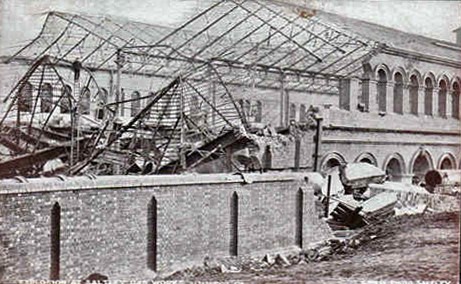
The Inquest to the accident concluded on 14th November 1904, and the jurors decided on their verdict in only a few minutes. The verdict on the three men’s deaths was one of Accidental Death, because the cause of the gas leak and explosion could not be determined. It was suggested that safety lamps used in the building caused the explosion, but this was not considered by the jury because no physical evidence was given to prove this.
The three funeral were all held on 16th October; George at 12.30pm, Herbert at 2pm, and Francis’s at 3.30pm. Thousands of people lined the routes to the cemeteries, and the lord mayor, lady mayoress and gas company officials attended the funerals.
George’s service was at St Joseph Roman Catholic church on Nechells road, Nechells, and the roads surrounding the church had to be closed an hour before to allow well wishers to gather. Fellow workmen carried his coffin, and 150 of his colleagues stood at his grave when he was buried. Herbert’s service and burial was held at St Savour’s church in Saltley, and the 150 workmen who attended George’s funeral laid the route to St Saviour’s church.
Francis’s body was taken to Warstone lane cemetery in a hearse led by four horses, with over 10 mourning carriages. There was a Church of England service held in the chapel, and at one point the chapel doors had to be closed to stop people coming in because there was so many people there. At the grave Francis’ wife was overcome with grief and she fainted. Many beautiful wreathes were laid at his grave.
As Francis was a member of the “Royal Antediluvian order of Buffaloes” (a fraternal organisation similar to the Freemasons) the Grand Primo of Warwickshire Sir F Gilbert conducted their own burial service at the grave. At the end of the service they threw bunches of thyme in the grave to purify Francis’s trip to the afterlife.

Francis William Jordan is buried in Section G plot 1055 which was an existing family grave, purchased after the death of his father Thomas in 1889. His sister and mother are also buried in this plot.
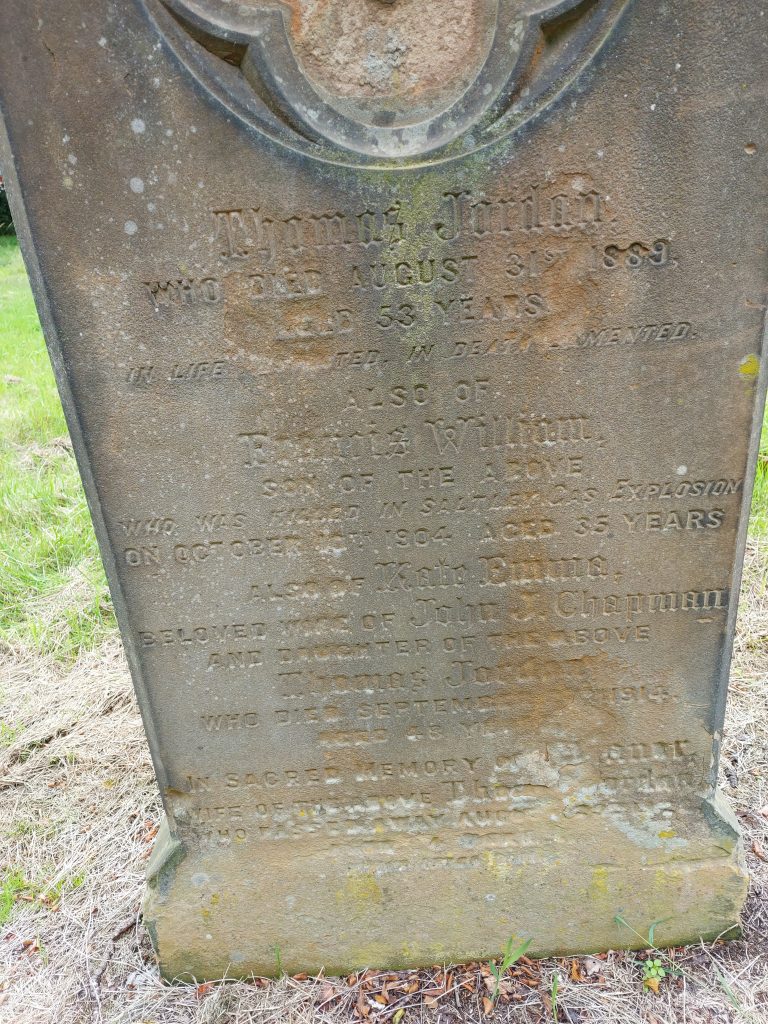
Six months later it was determined that the accident at the gas works was caused by all the inlet valves of the tanks being set to closed at the same time. This may have been done accidentally or through negligence by Francis or another workman. The gas company introduced interlocking inlet valves to stop this from happening again.
Sources
Newspaper Articles from the British Newspaper Archives:
Birmingham Mail 11/10/1904
Birmingham Daily Gazette 08/03/1905
Salisbury Times 14/10/1904
London Daily News 12/10/1904
Birmingham Daily Gazette 25/11/1904
Cheltenham Examiner 12/10/1904
Birmingham Mail 12/10/1904
Sheffield Daily Telegraph 15/11/1904
Birmingham Mail 17/10/1904
Burton Chronicle 13/10/1904
Birmingham Daily Gazette 14/10/1904
Coventry Evening Telegraph 15/11/1904
Sheffield Daily Telegraph 11/10/1904
The Birmingham History Forum
Further Reading
Birmingham gas holders by David Bentley Birmingham Mail

